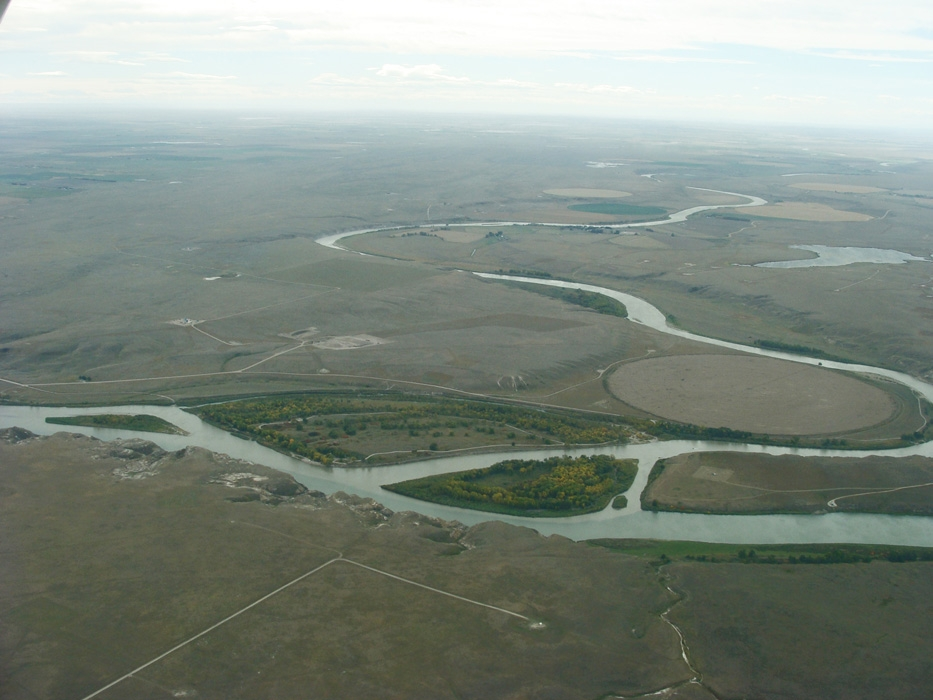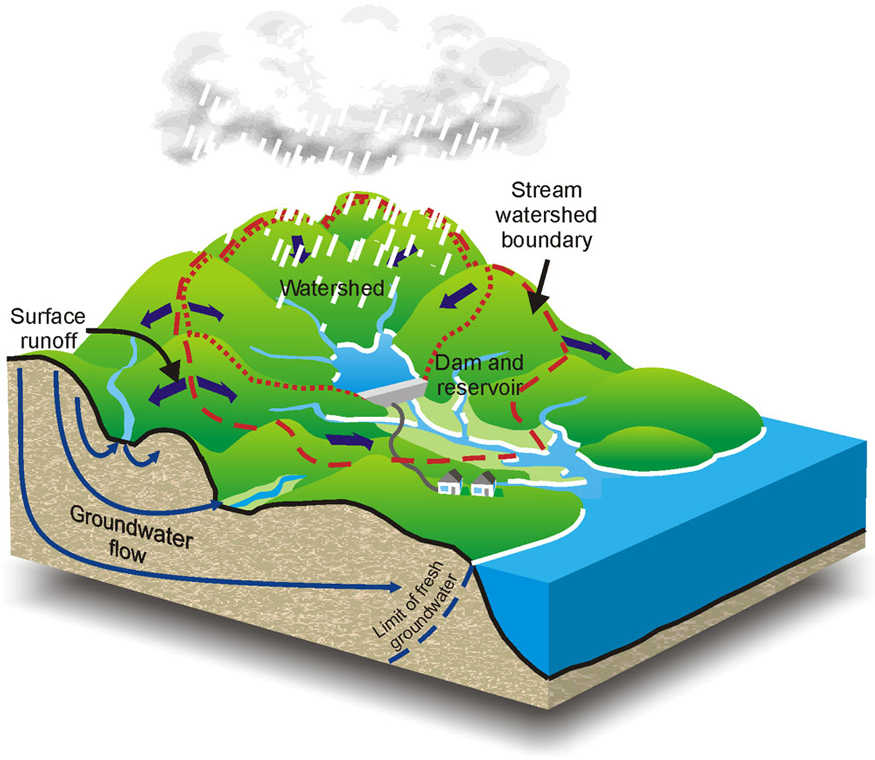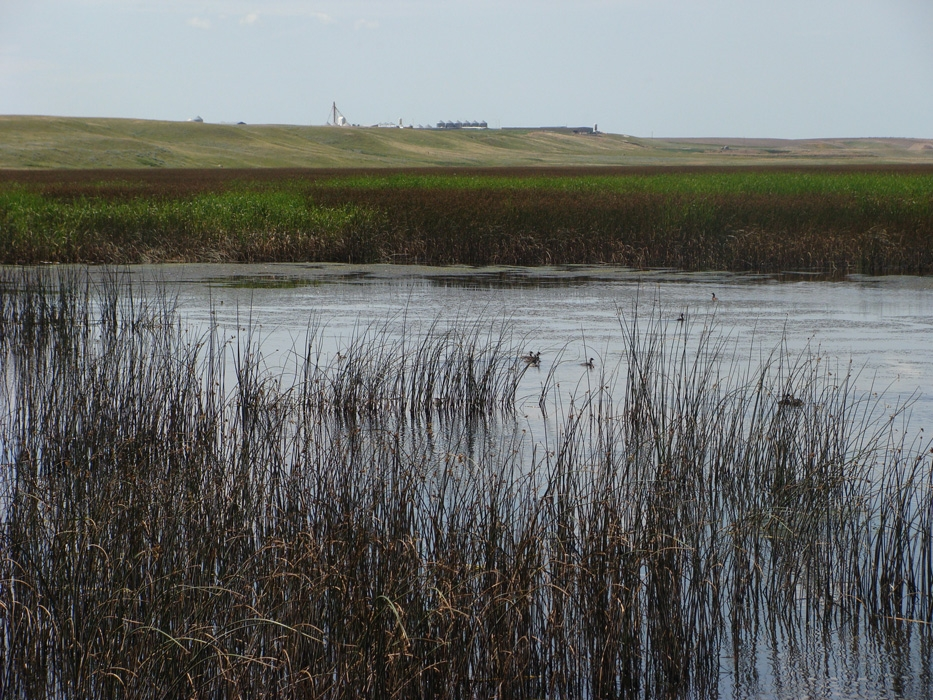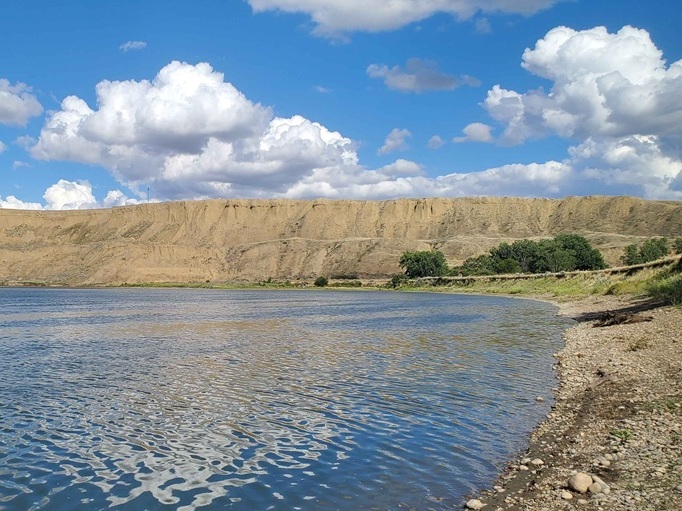
SEAWA Region
South Saskatchewan River Sub-Basin (Alberta)
A major connected river network channeling snowmelt and rainfall across the region to the South Saskatchewan.
Understanding Our Watersheds
Explore how watersheds work, why they matter, and how SEAWA helps protect them.

Definition
A watershed is an area of land where rainfall and snowmelt drain into a common water body like a river, lake, or wetland. Water flows downhill through streams and rivulets, eventually reaching larger bodies of water.
Smaller watersheds can combine to form larger basins (catchments or hydrologic units). Watersheds are defined by topography, with higher elevations separating different drainage areas. For example, the Rocky Mountains divide the Pacific and Atlantic watersheds in North America.
Some watersheds, called endorheic basins (like Pakowki Lake), retain water without outflows to other basins.
Why It Matters
Watersheds sustain clean water, healthy ecosystems, and resilient communities. They collect and channel rainfall and snowmelt for drinking water, agriculture, and wildlife—while filtering pollutants, recharging groundwater, and reducing flood and drought risk.
What we do on the land affects water quality for communities downstream.
Groundwater and surface water are closely connected; impacts to one often affect the other.
Protecting watersheds protects the land, water, and life that depend on them—including our communities.
In short: healthy watersheds are essential infrastructure for clean water and regional resilience.
SEAWA Region
The SEAWA region includes two neighboring but separate watersheds:
Downstream matters: what happens on land affects water quality for communities downstream. Protecting watersheds protects people, wildlife, and economies.

SEAWA Region
A major connected river network channeling snowmelt and rainfall across the region to the South Saskatchewan.
Local Focus

The Many Island Lake sub-watershed straddles the Alberta/Saskatchewan border and extends north from Cypress Hills to the hamlet of Schuler.

The Seven Persons Creek sub-watershed is located primarily south and west of Medicine Hat and includes parts of the City of Medicine Hat, Cypress County and the County of Forty Mile.

The Alberta portion of the South Saskatchewan River East sub-watershed is located almost entirely within Special Area No.3, a rural municipality in the east central region of Alberta.

The Pakowki Lake sub-watershed is located in southeastern Alberta, extending from Raymond to Manyberries.

This central sub-watershed lies north of Medicine Hat and extends into parts of the Alberta–Saskatchewan border region.

Located in southern Alberta, the West segment of the South Saskatchewan River sub-watershed is one of the most closely monitored regions in the area.
Stay Informed
Current conditions, advisories, and seasonal trends for the SEAWA region’s rivers, lakes, and groundwater.